Molly Palmer: Amulet
We tend to think that our perception is linear, but in fact it is radically fragmented. We blink, we turn our heads, we travel at extraordinary speed. Our vision is interrupted and held inside devices that open endless tunnels to other locations, images, maps and information.
An amulet is an object that is ritually made to protect and reinforce a person. Something they carry with them and is made from materials that have a symbolic or physical resonance. Amulet is a new video artwork by Molly Palmer, commissioned by Het HEM for The Couch. It is the result of ongoing research and several film shoots conducted by Palmer in close exchange with participants who experience shifts in perception through grief, trauma, anxiety, depression or diagnosed difference.
The dominant language of pathology leads us to understand depression, dissociation, anxiety, elation, paralysis and psychosis as delusions that take us outside reality. But such shifts can also be seen to illuminate layers of existence that surround us, despite not being able to be named in our given structure of the world.
Amulet exposes the limitations of a pathologising reading, captures the range of human perception within and beyond our given reality. What new information opens when we travel between fixed components of the real? Together, the participants look for signs within the ordinary. The group shares contradictory – sometimes overwhelming or unsettling, and yet intriguing – experiences of finding beauty in the signals they receive. Instead of tuning them out, as they have been taught to, they decide to move towards them, to wilfully rediscover and connect to rhythms of looking and listening. Participants help each other to transform their understanding of perceptual fluctuations as something wrong or unreal, to being in a process of divination that brings something valuable and mysterious back to their everyday life.
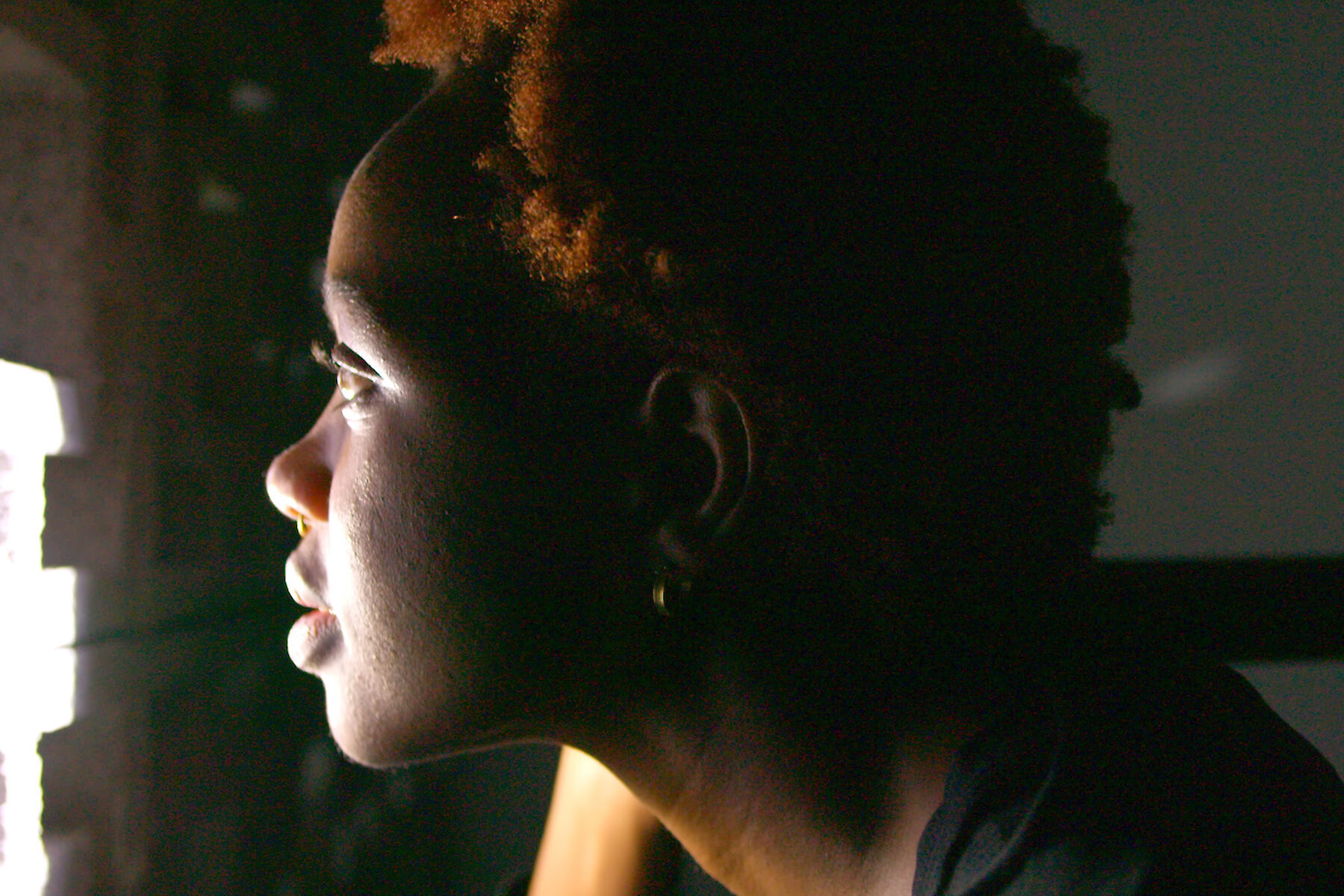
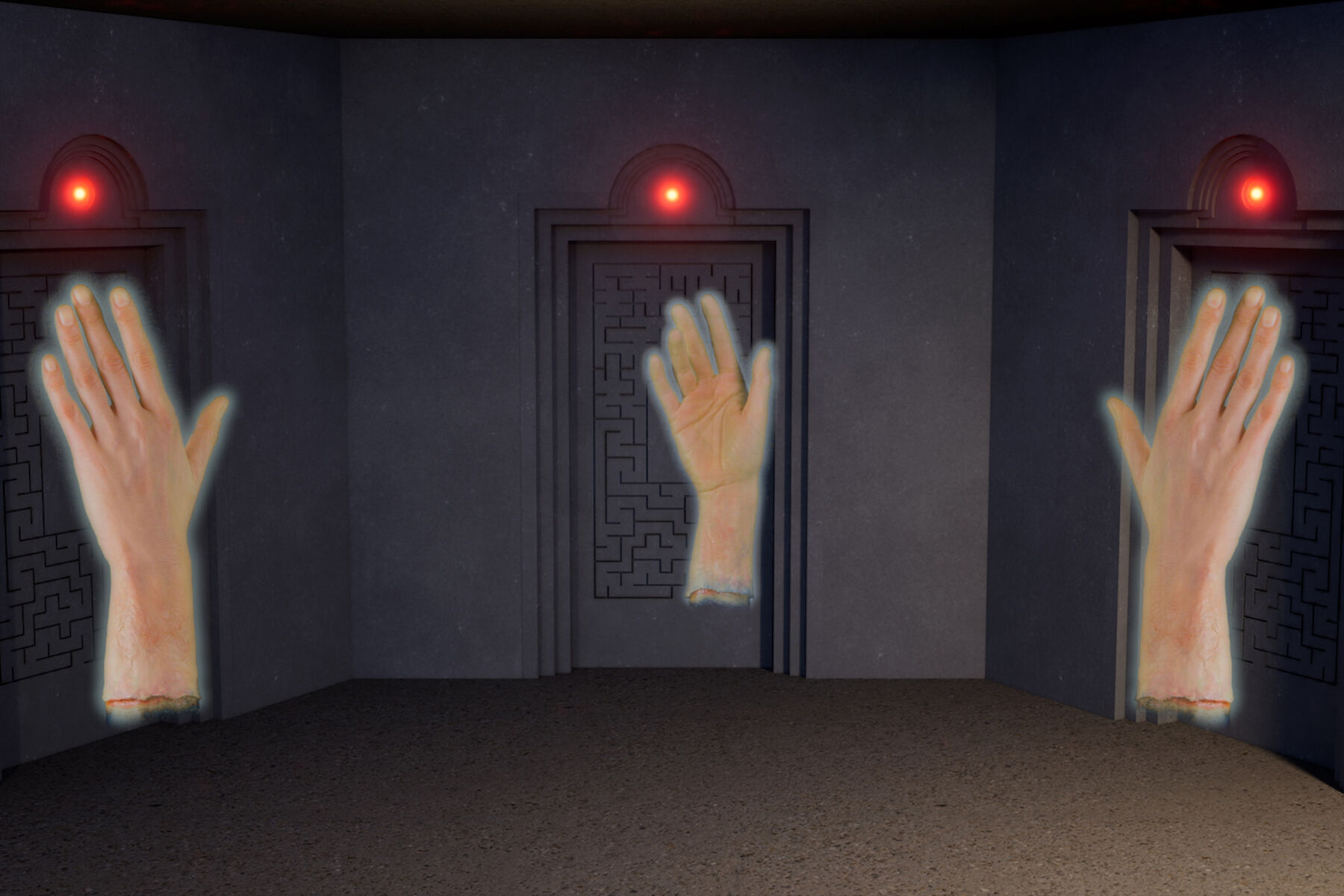
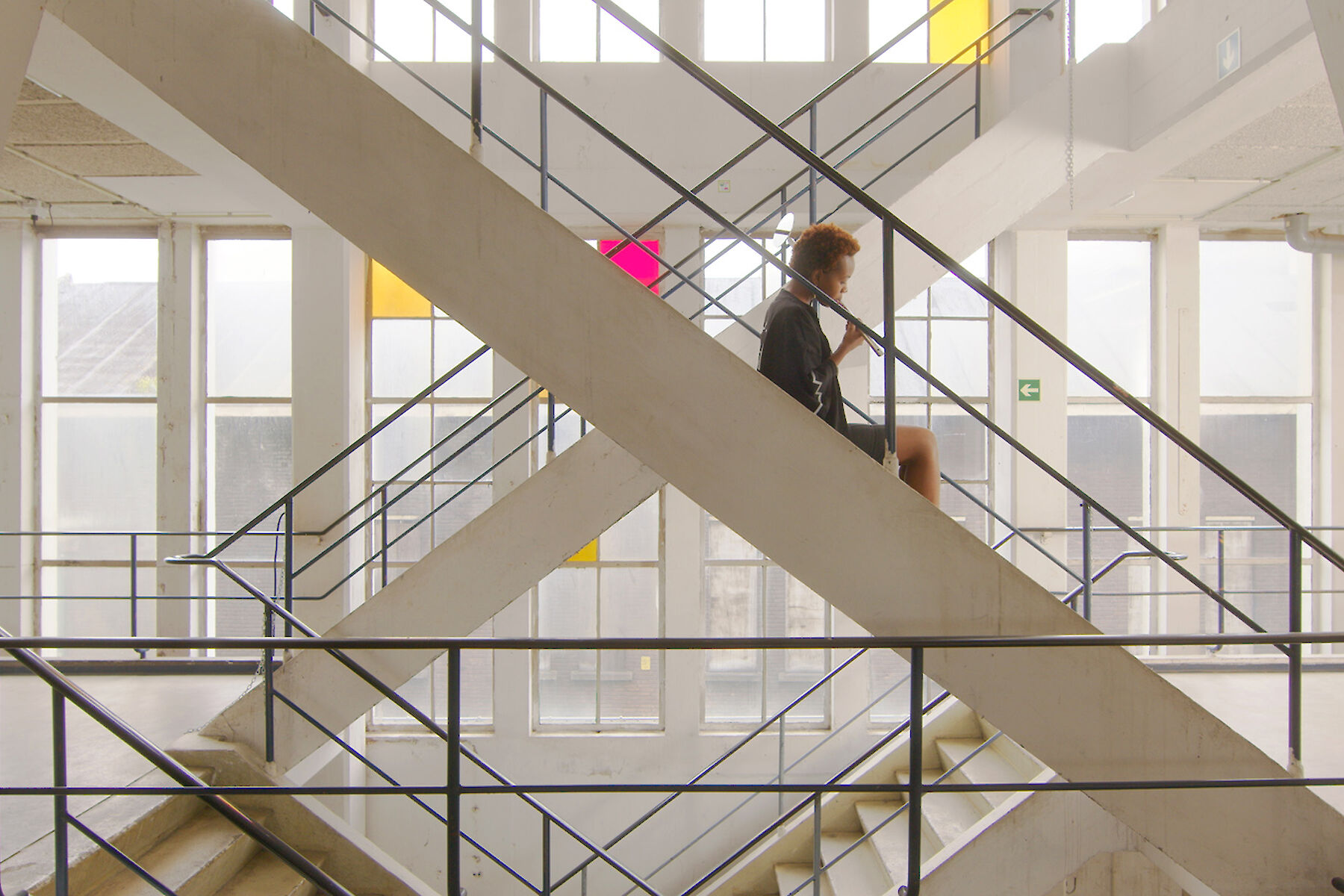
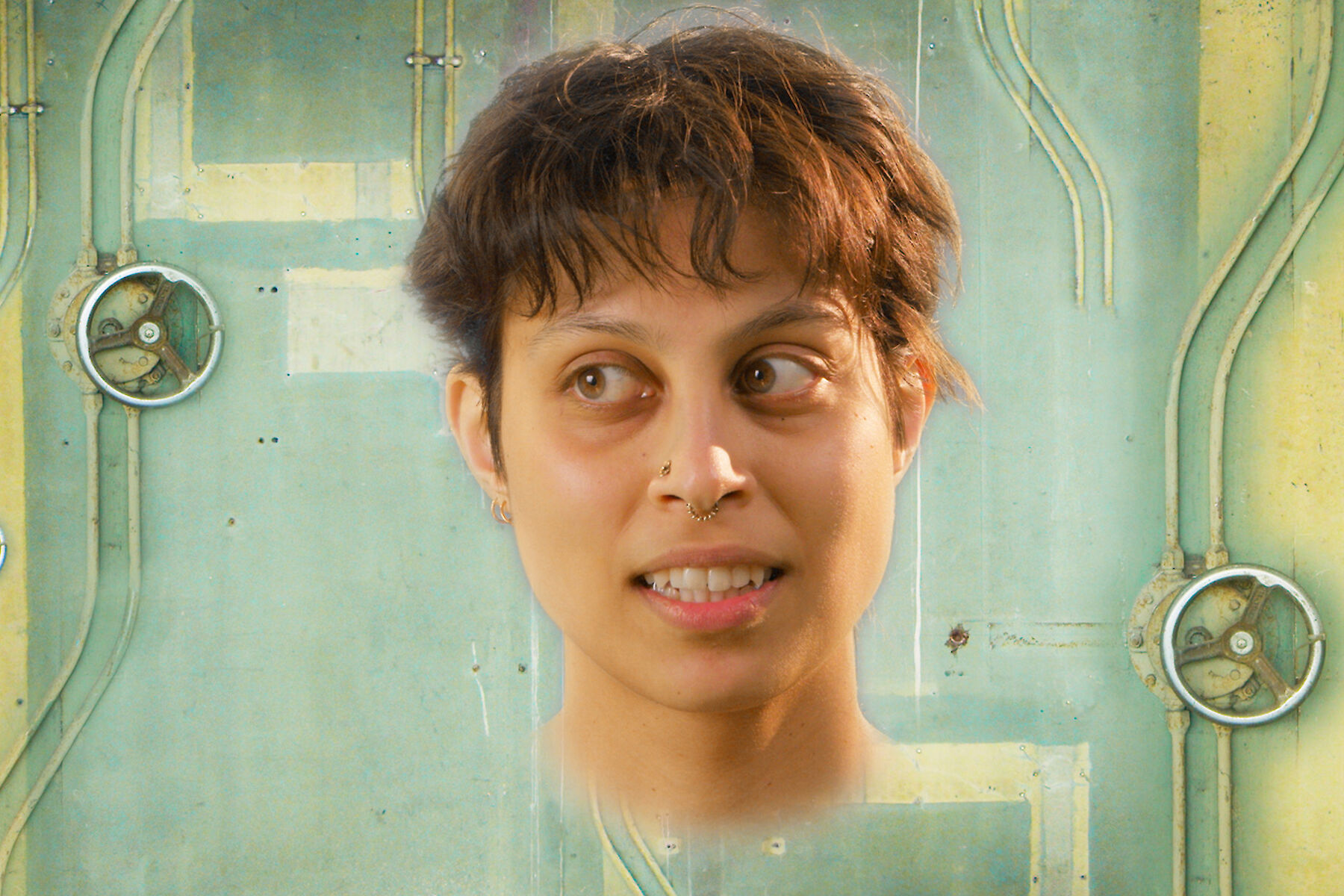
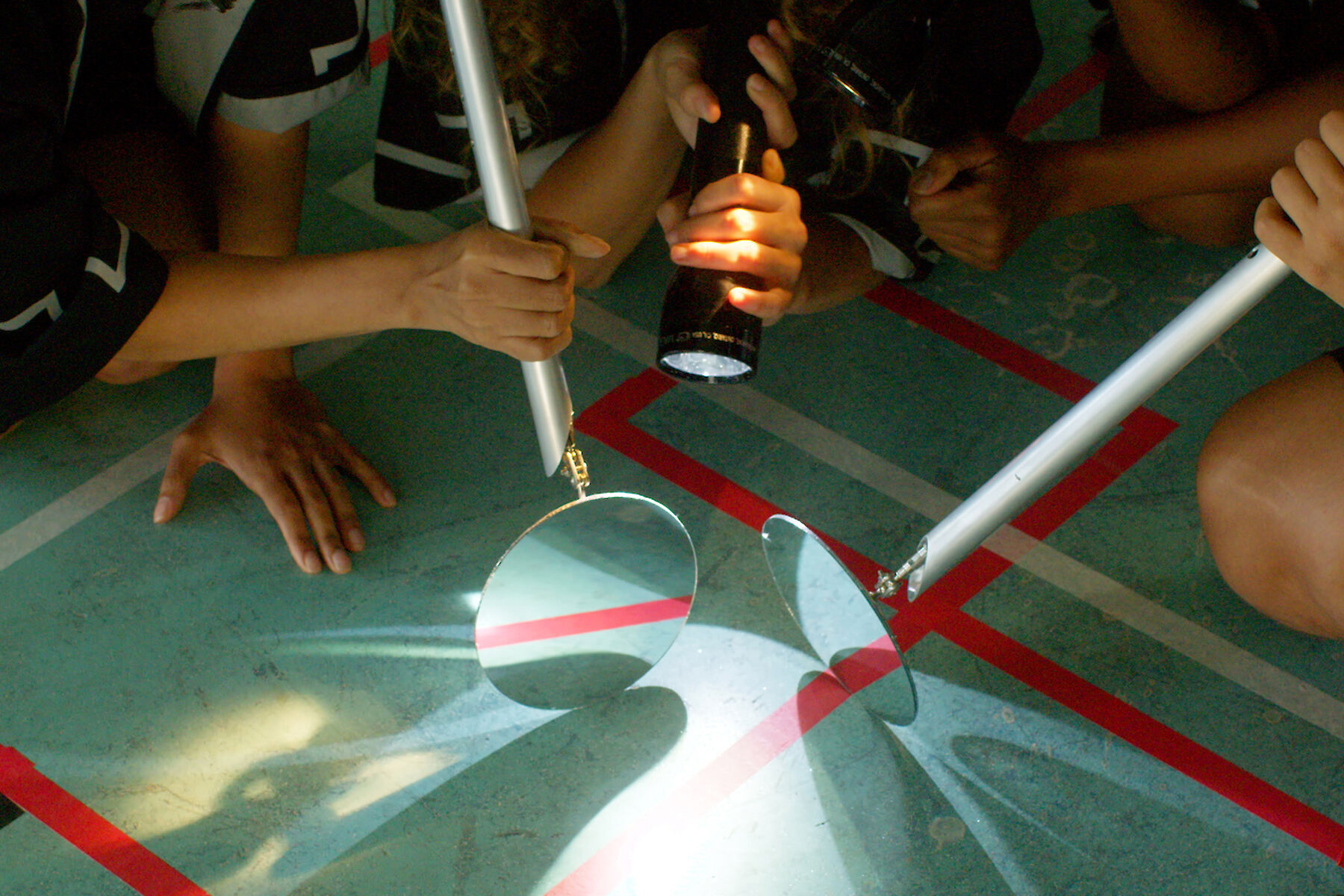
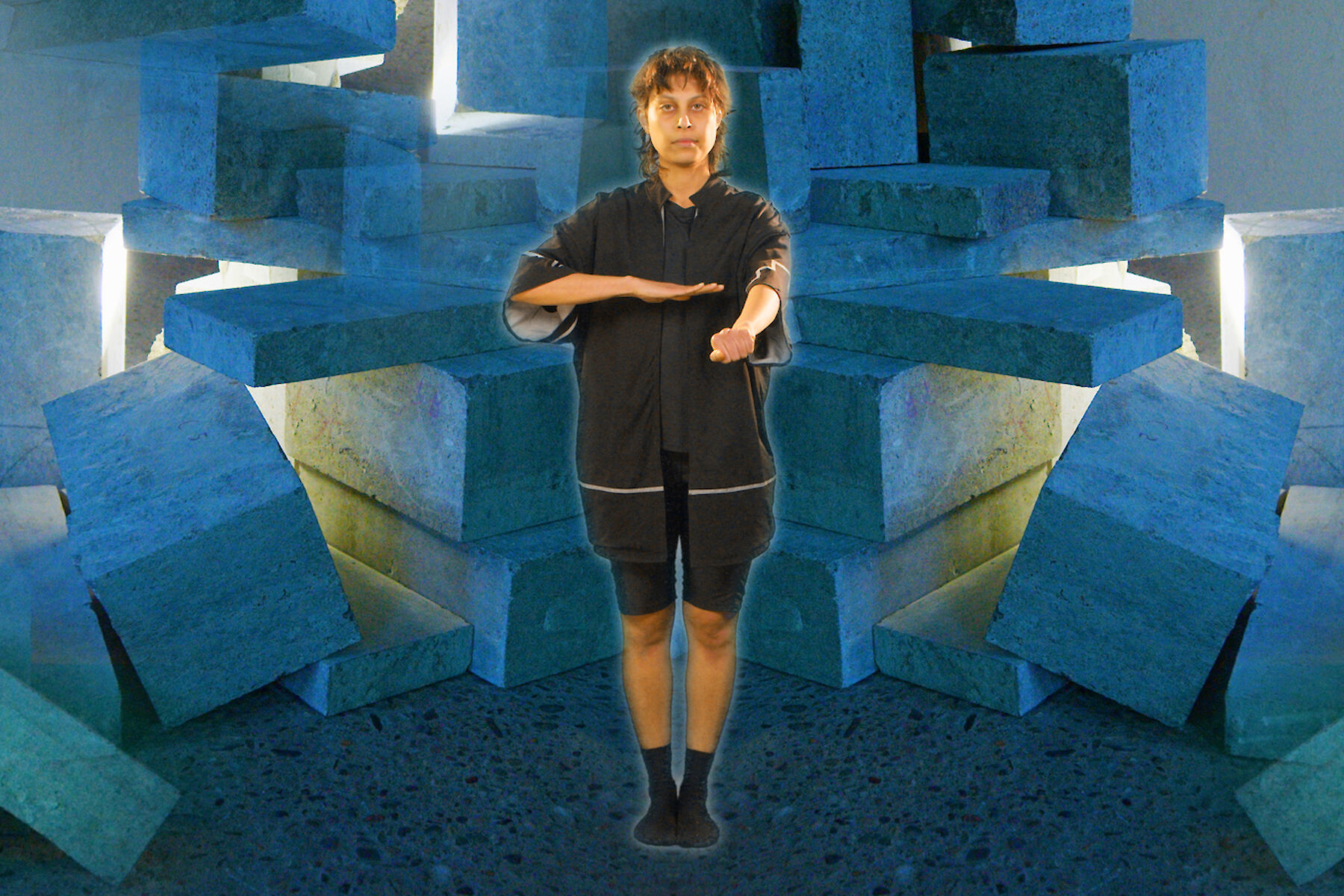
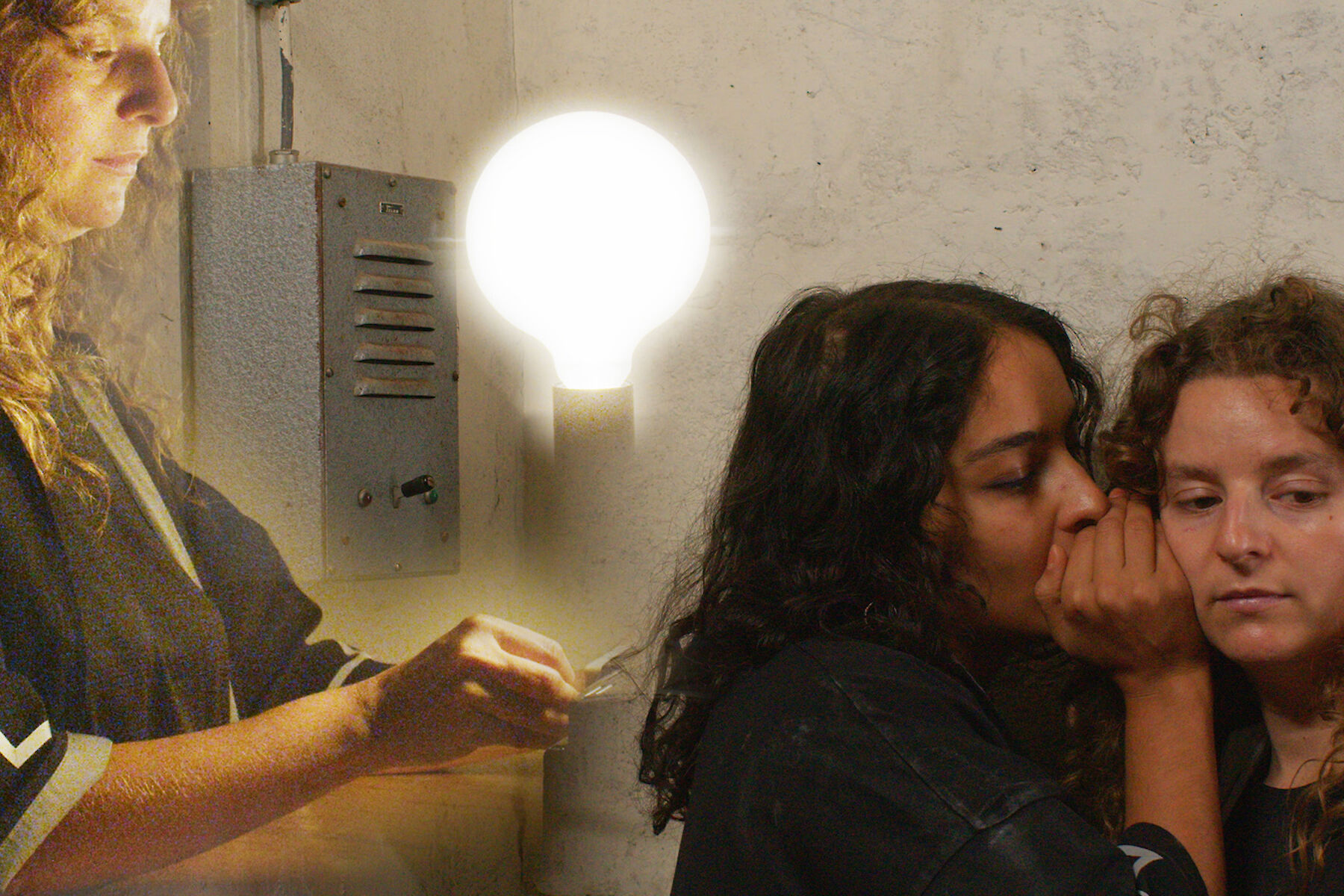
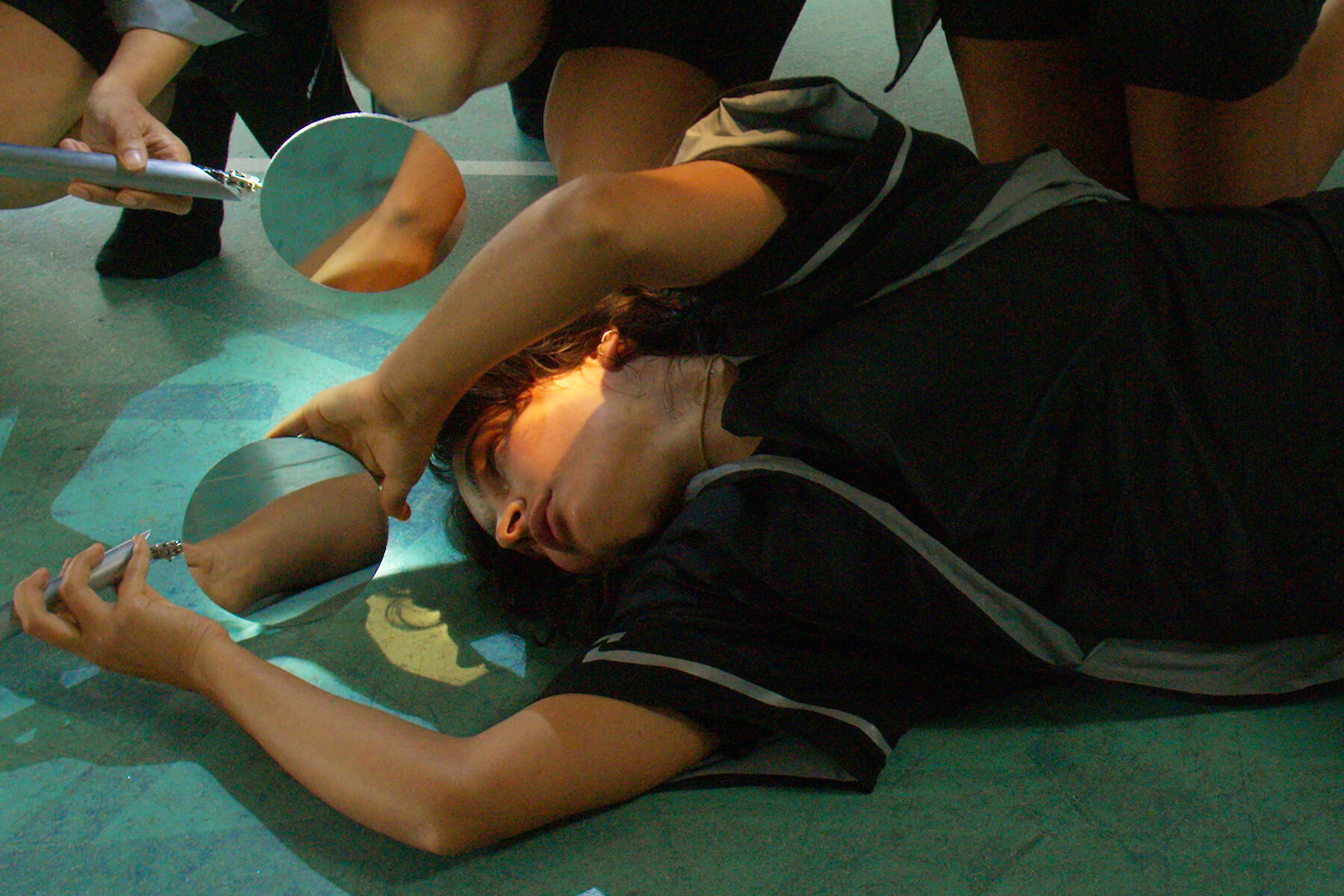
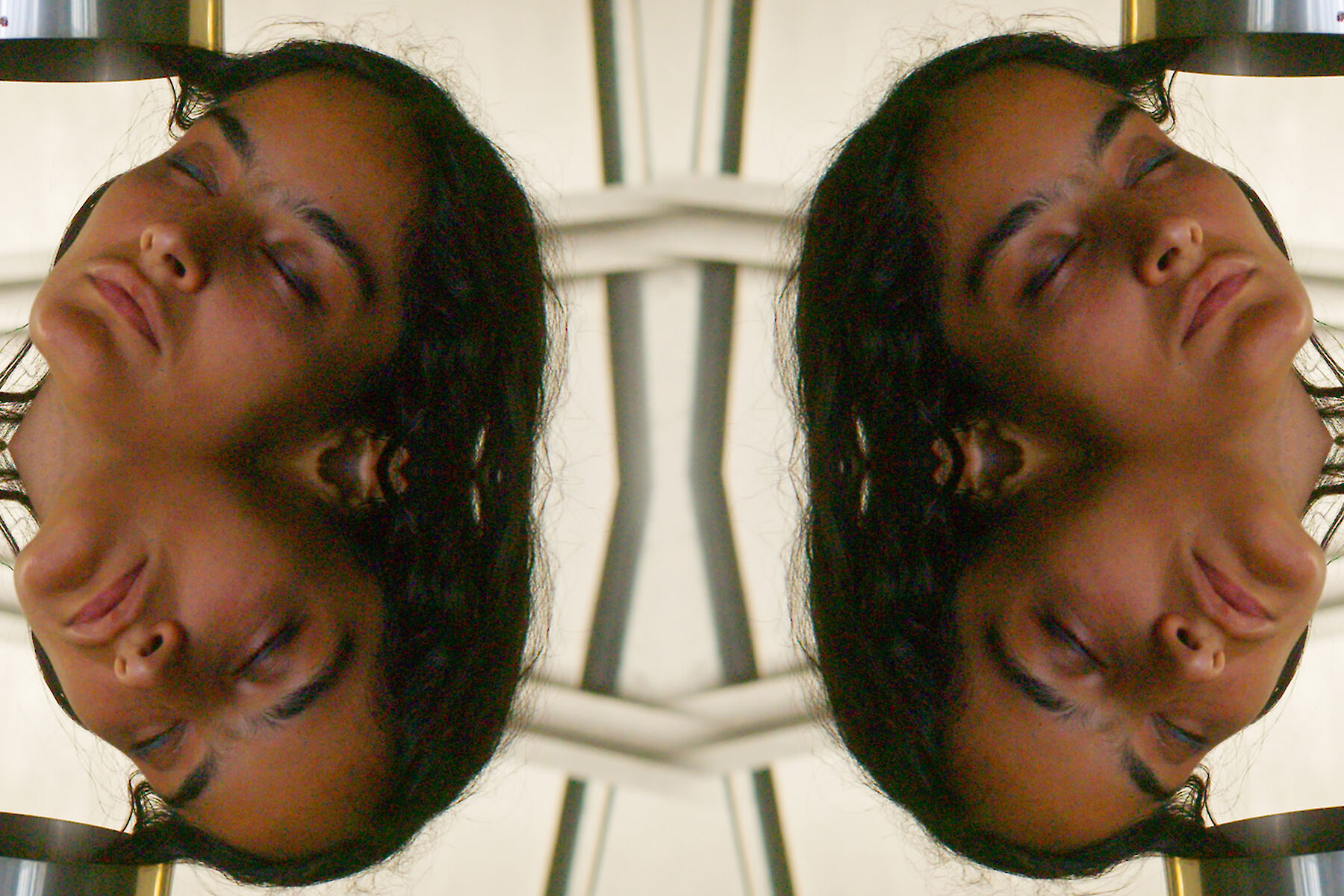
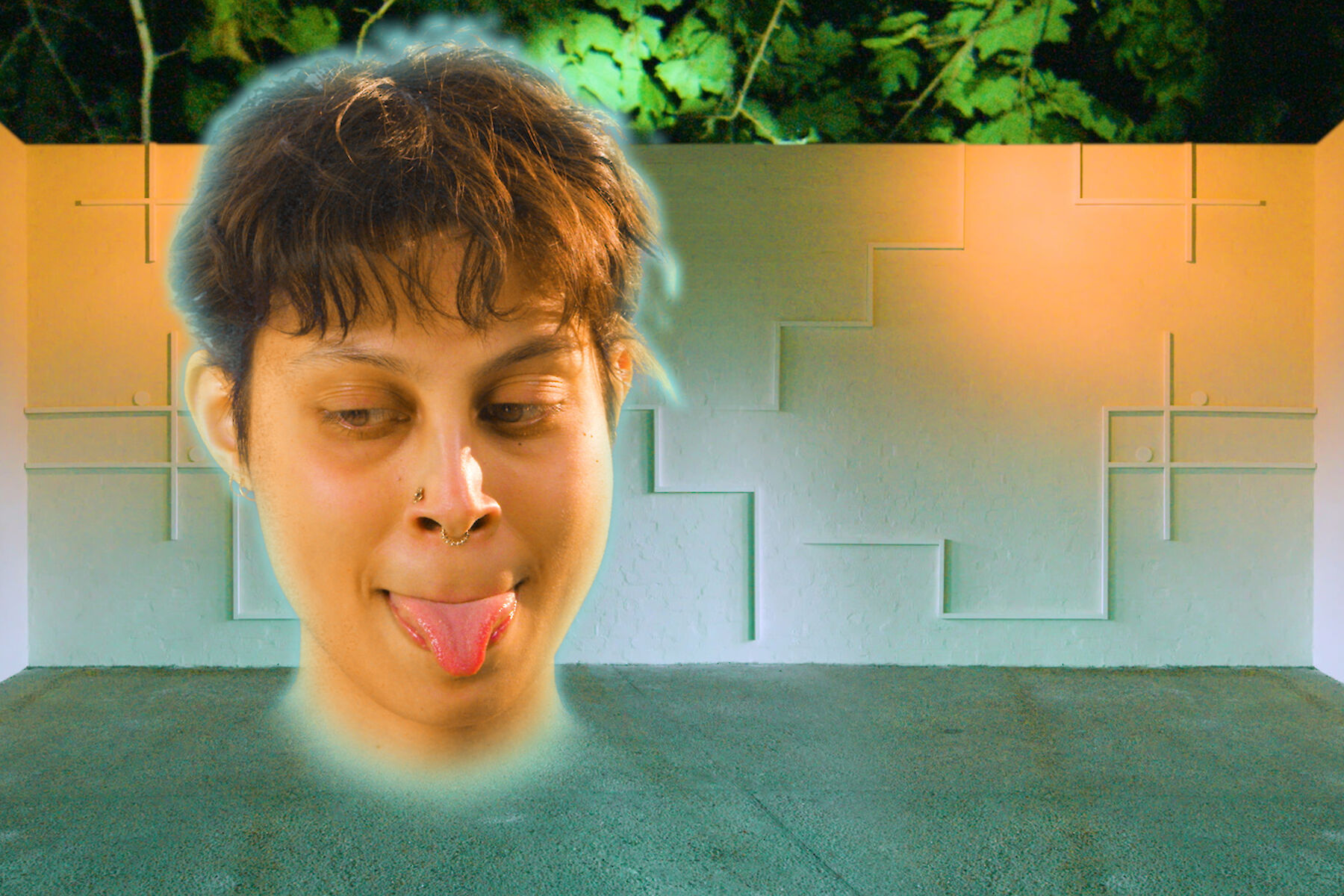
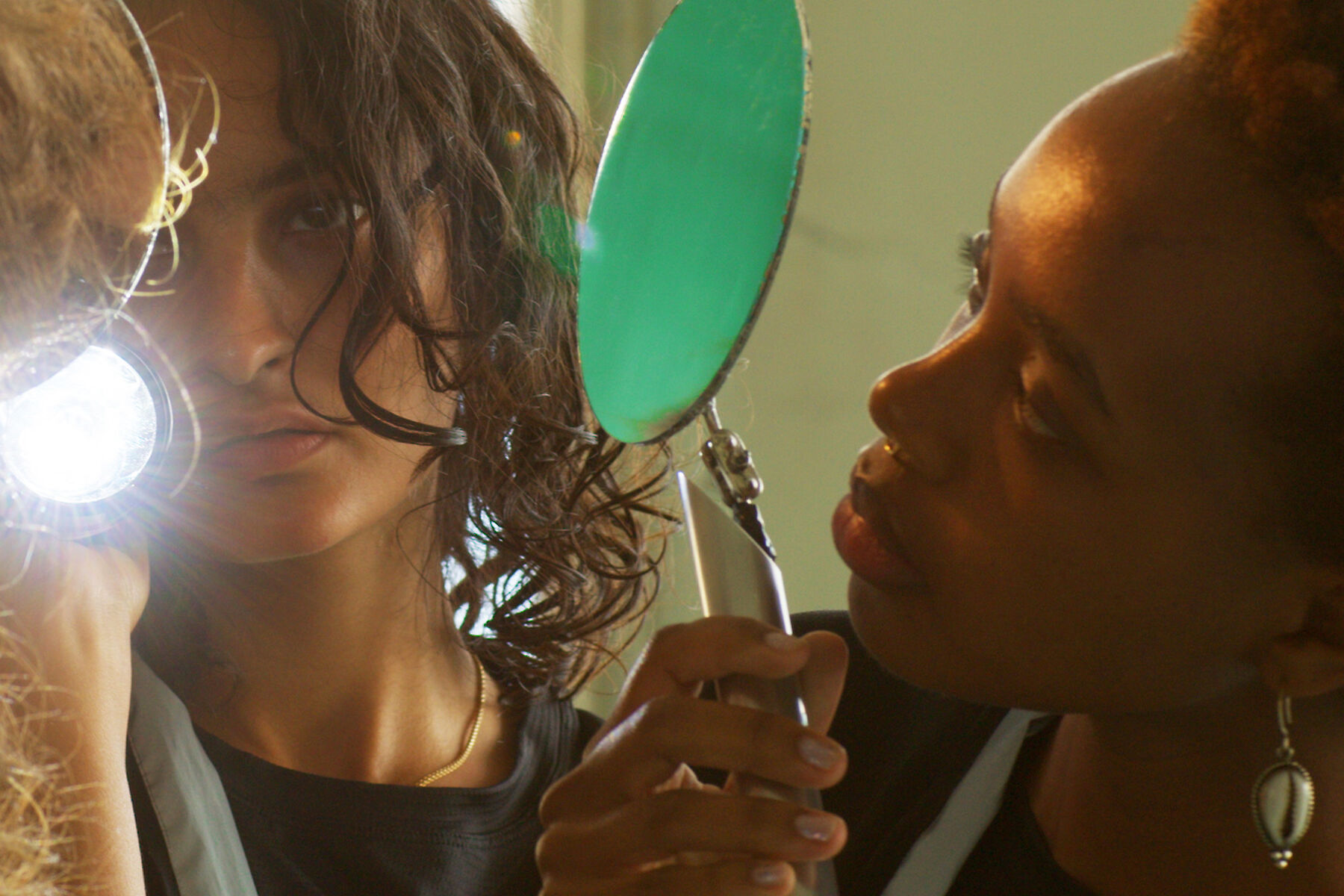
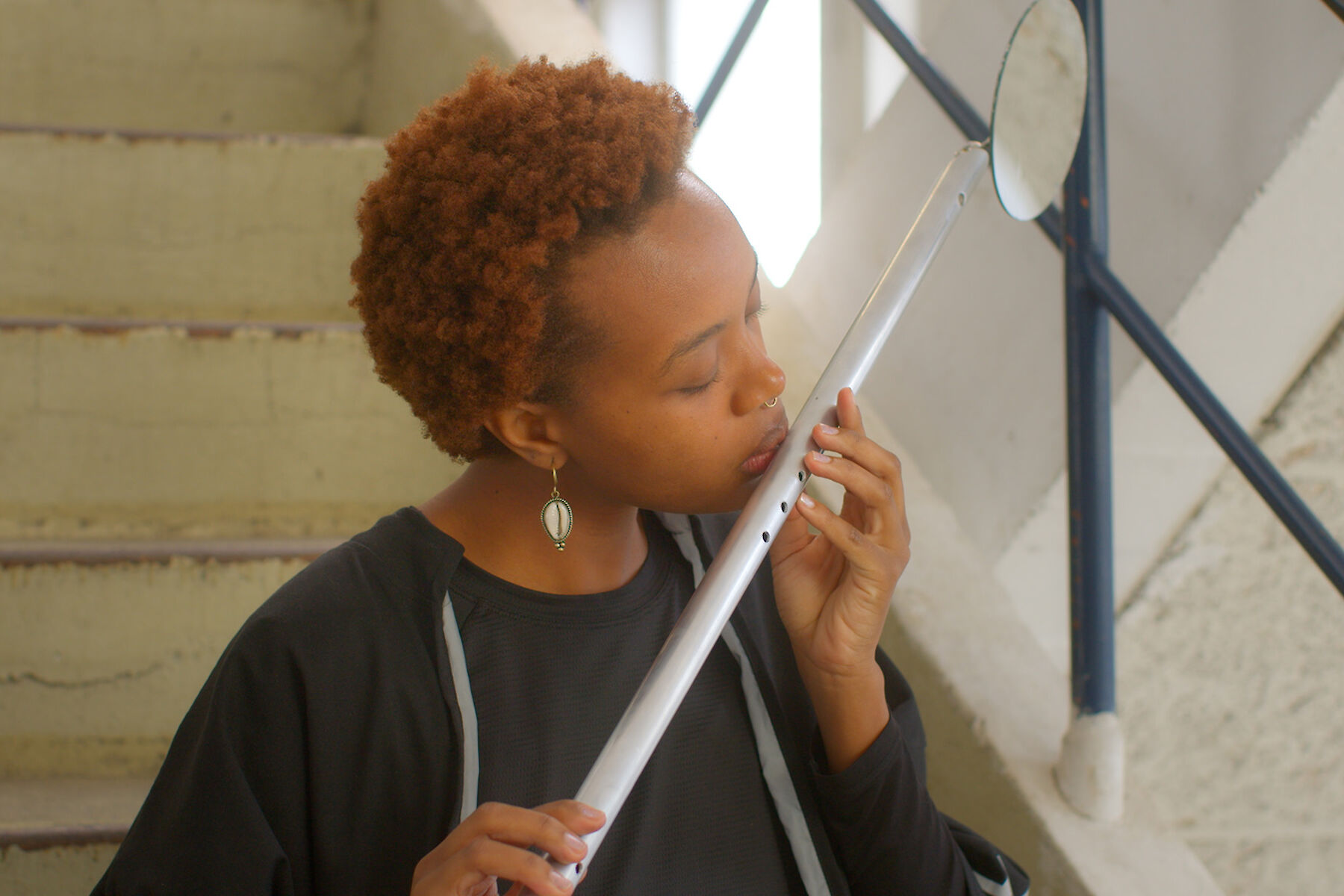
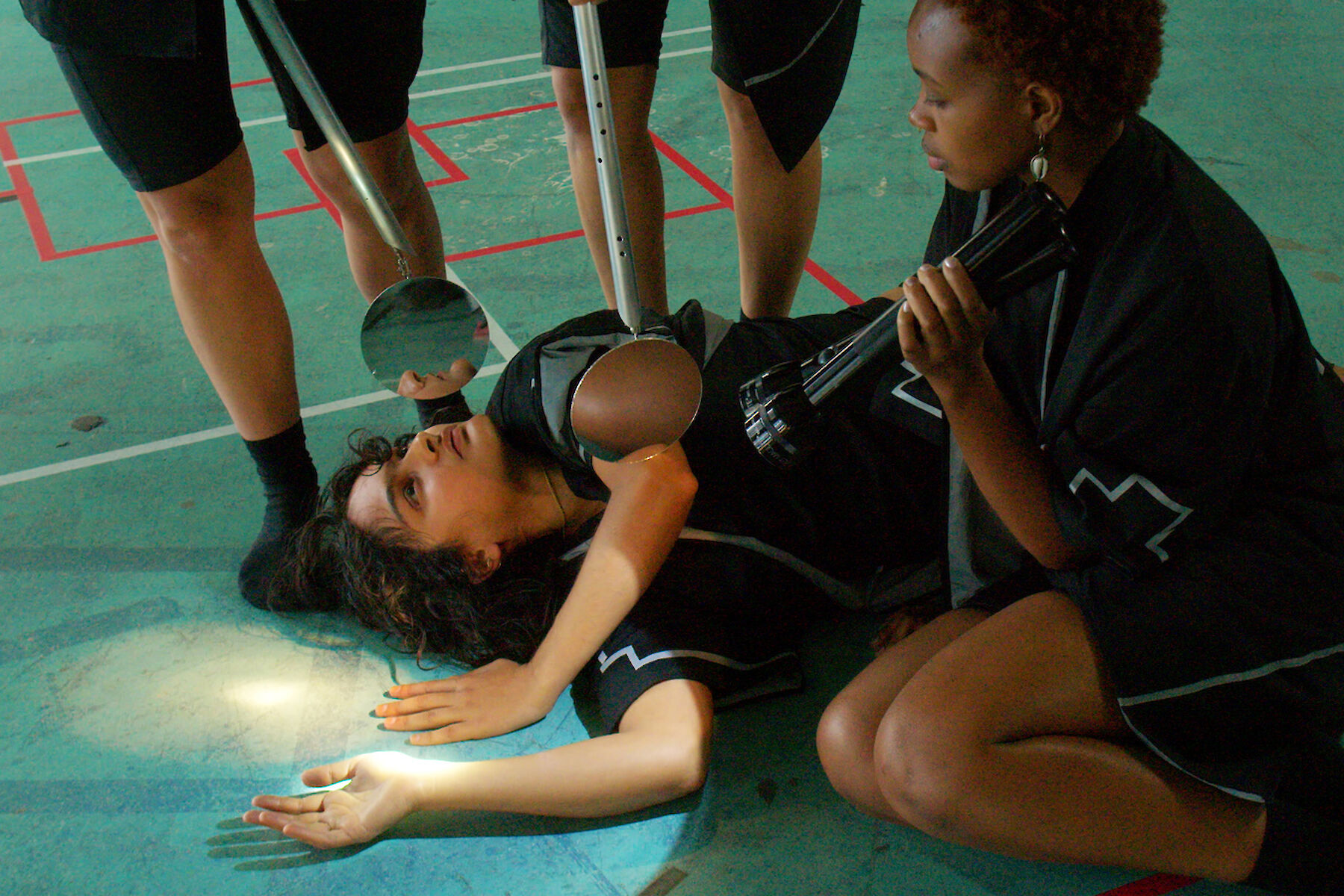
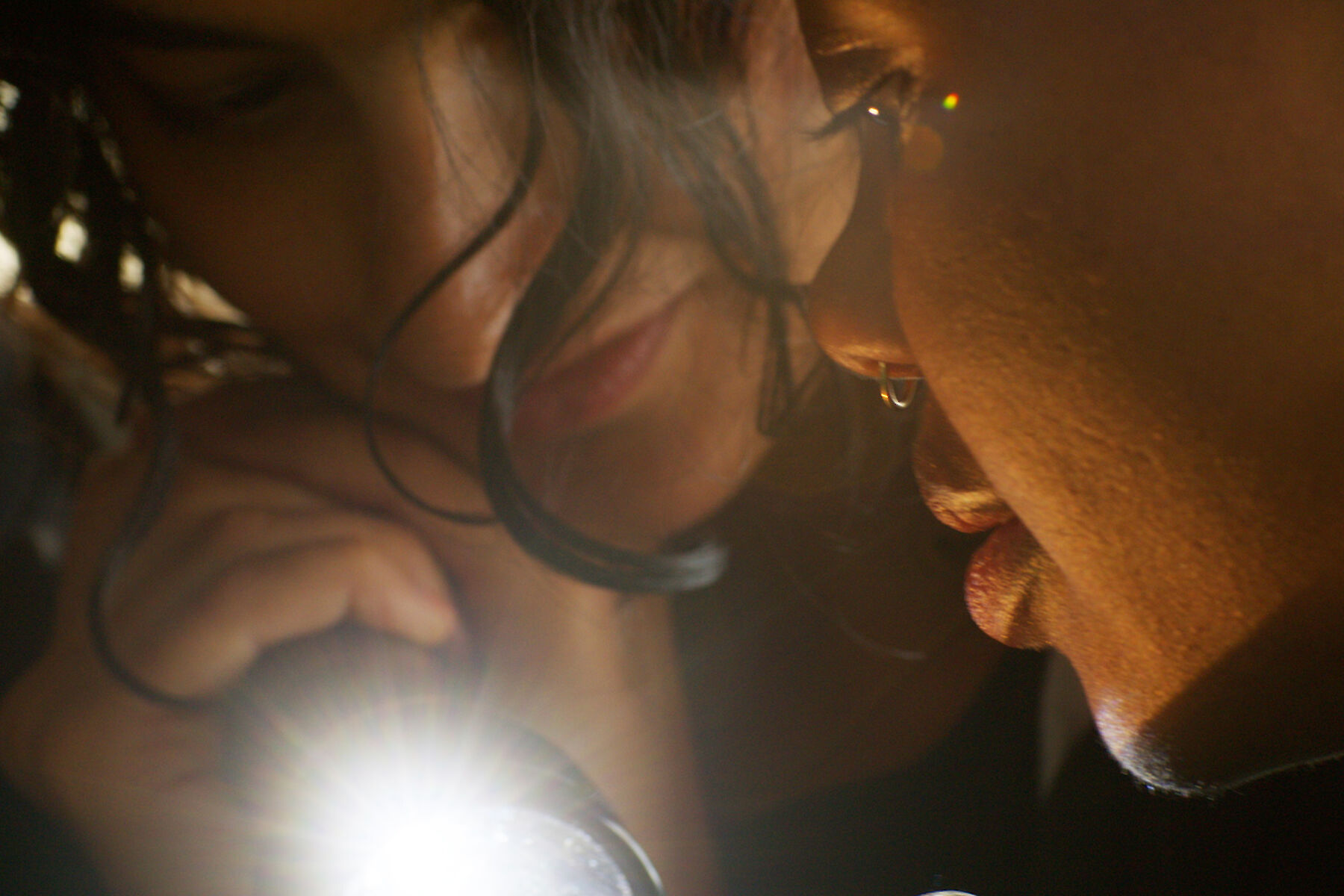
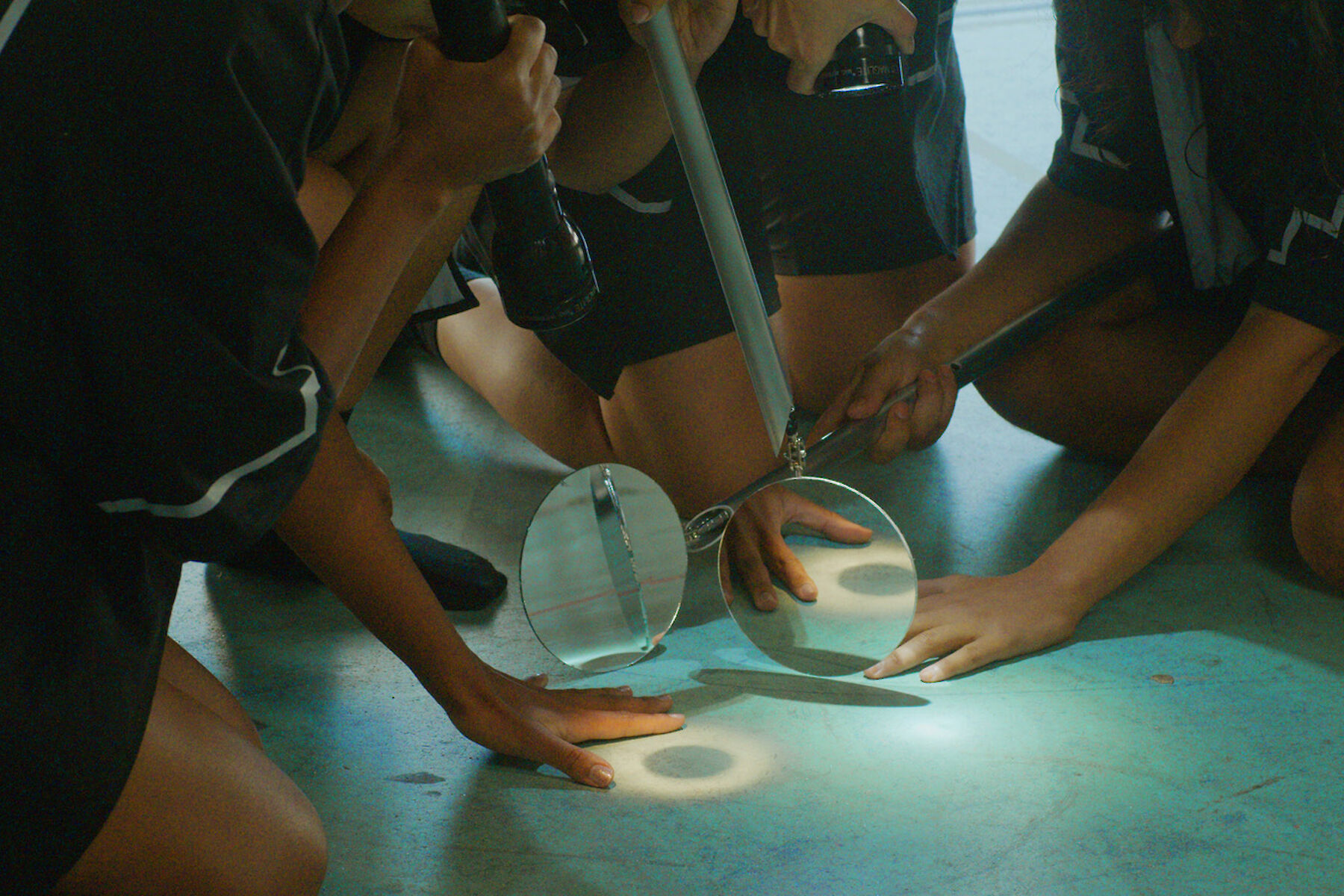
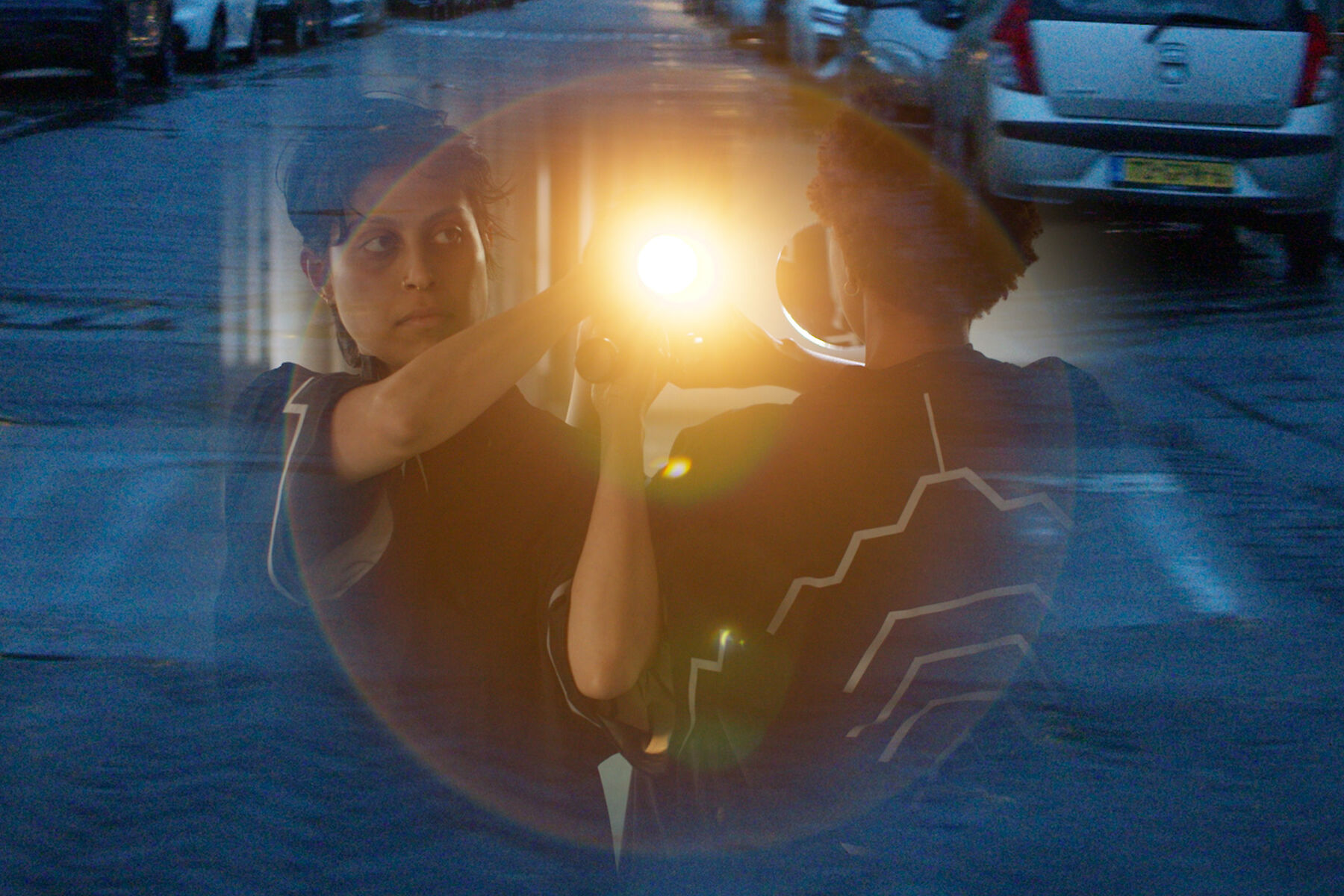
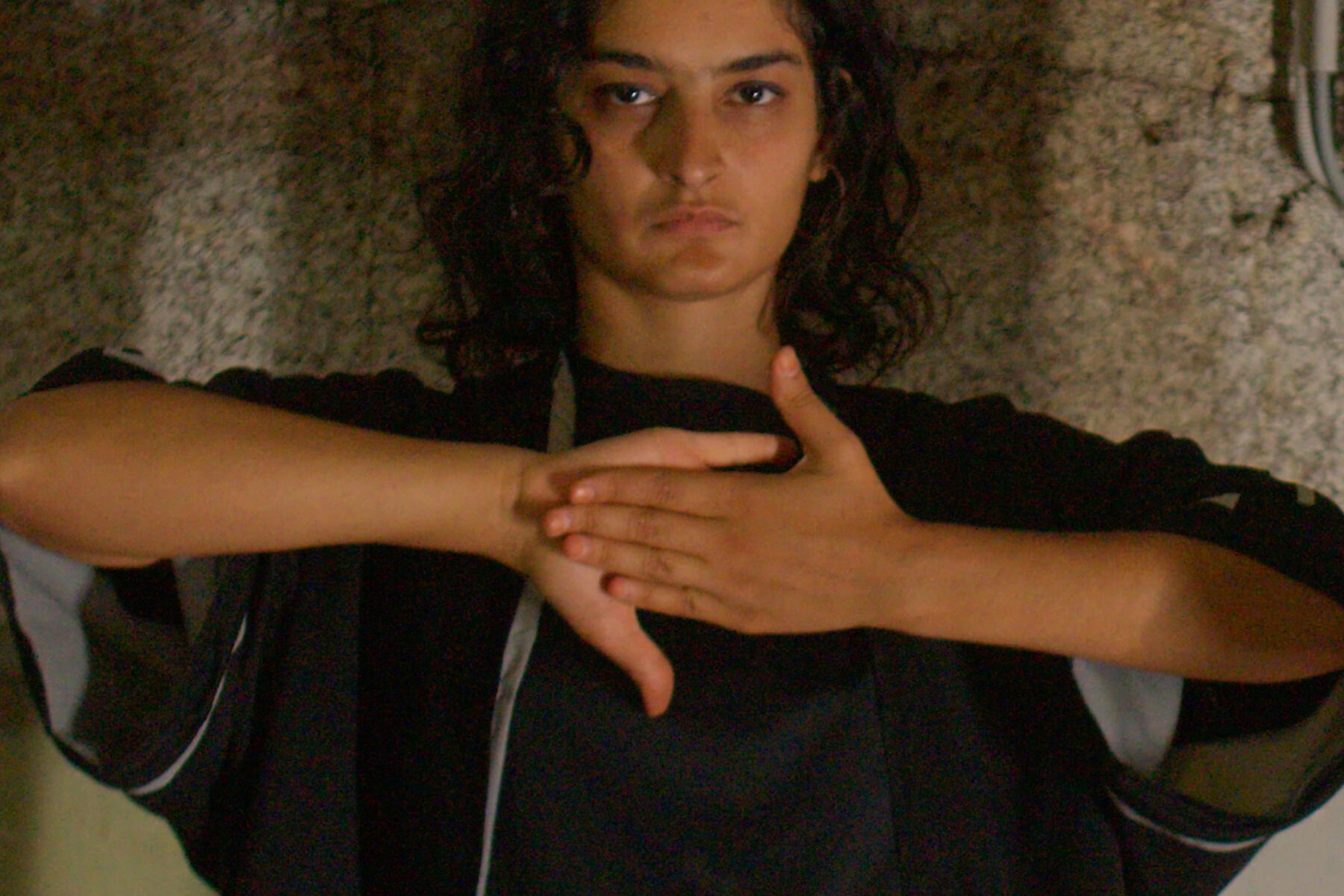
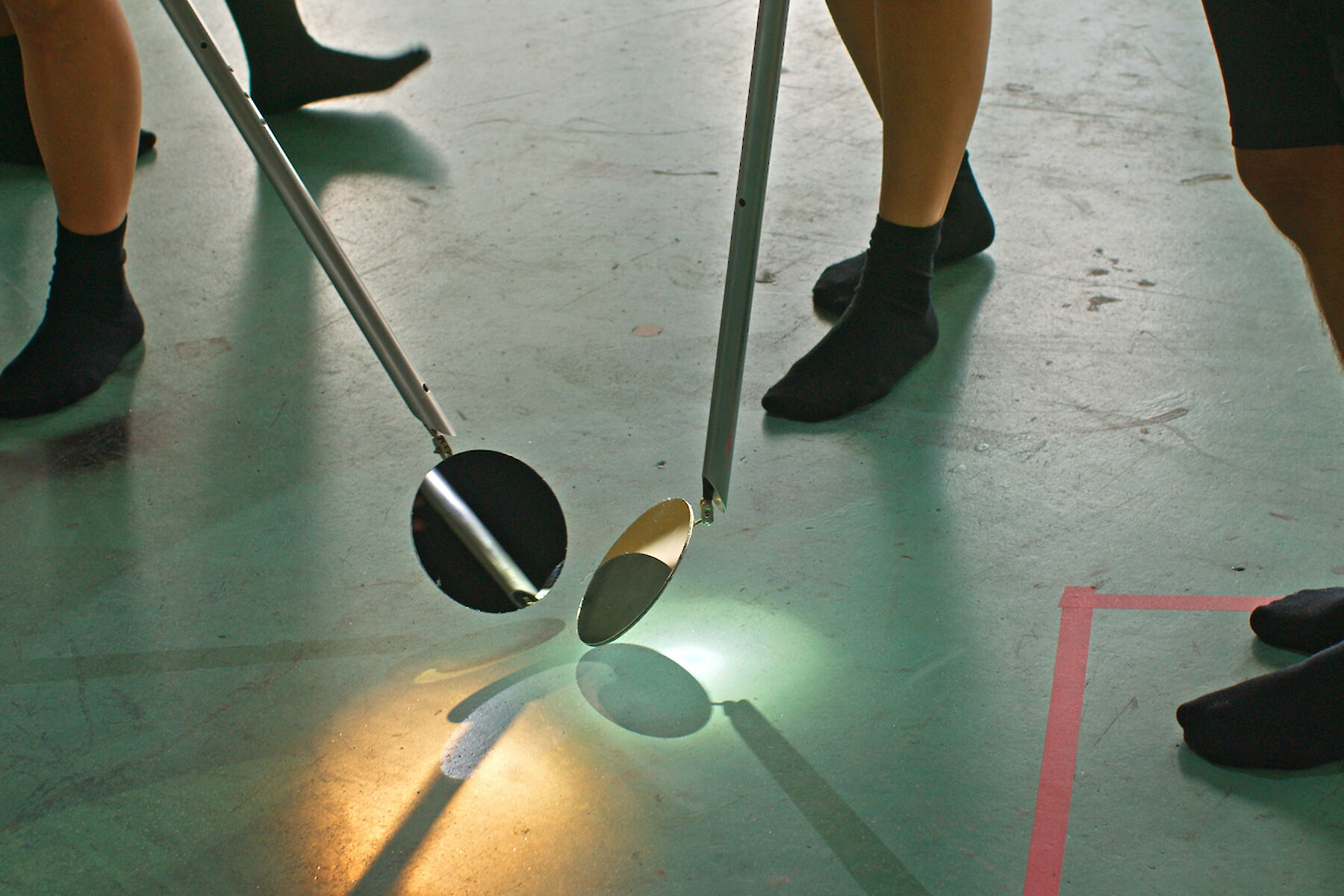
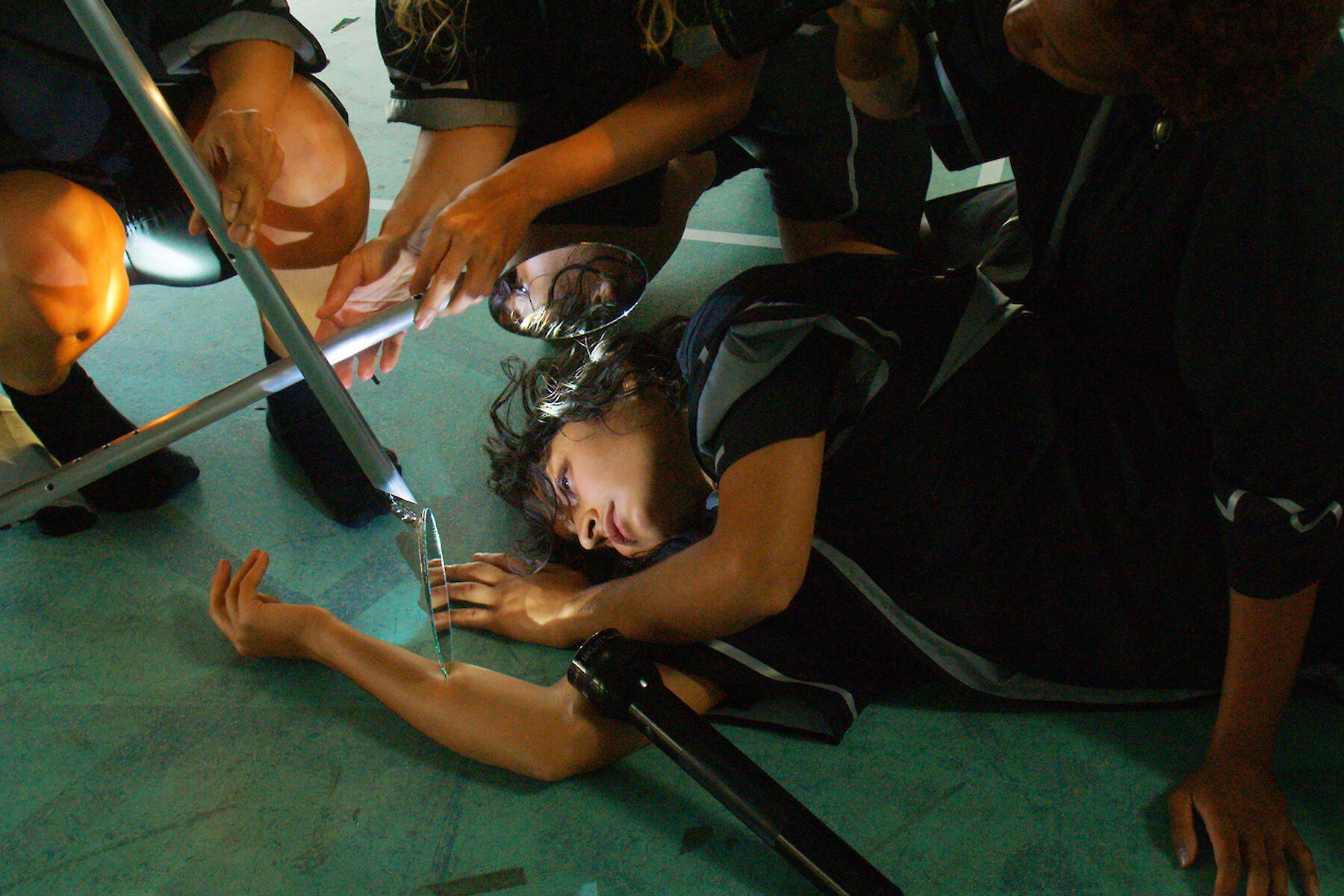
Amulet’s film shoots and its participants’ interactions trace hidden tunnels between of the spaces of two architecturally striking and distinct locations: Buitenplaats Doornburgh, a modernist Bossche school former convent in Maarssen, and Het HEM, a former bullet factory in Zaandam. Participants respond to the belief systems of their architecture - one built to induce contemplation, the other a sleeping factory that also looks like a temple filled with mysterious traces of productivity. They interact with each other in a language based on choreographic movements and props such as flashlights, dimmers and mirrors.
These experiments result in games of looking which reveal parts of the buildings that are generally unseen: the geometric shapes in the walls and vents of the basement at Buitenplaats, for example, or the connecting pipes and power cables in Het HEM. During the shoots, the camera itself became a fifth participant in invented games like tracking, catching and directing the reflection of light from a mirror into the lens. A lens flare became a disruption or even a superstition: something seen out of the corner of one’s eye on a rainy bus ride. The group’s interactions were ritualised and reinforced through the fleeting phenomena around them, which the group held and shared as symbols. These symbols of sound, light or a recognised pattern bring relief to inner life, no matter what is happening outside.
Through extensive research into the ways in which perceptual shifts have historically been valued and communicated, Palmer has created and reinforced a space of protection and curiosity towards experiences often suppressed by shame and stigma. As in all her work, Amulet is layered and complex yet visceral and intuitive; a work that expands its circle of protection to all who need it. The conversations and friendships that grew in this work are a kind of amulet-making. Palmer and participants leave each other with this protection, even when apart and after the film has been made.
Ultimately, Amulet is an invitation to others to join them in their rediscovery of the architectural spaces they play in. Why are we drawn to certain architectural spaces? How can we read buildings as a mirror to the way we order and disorder our inner lives?